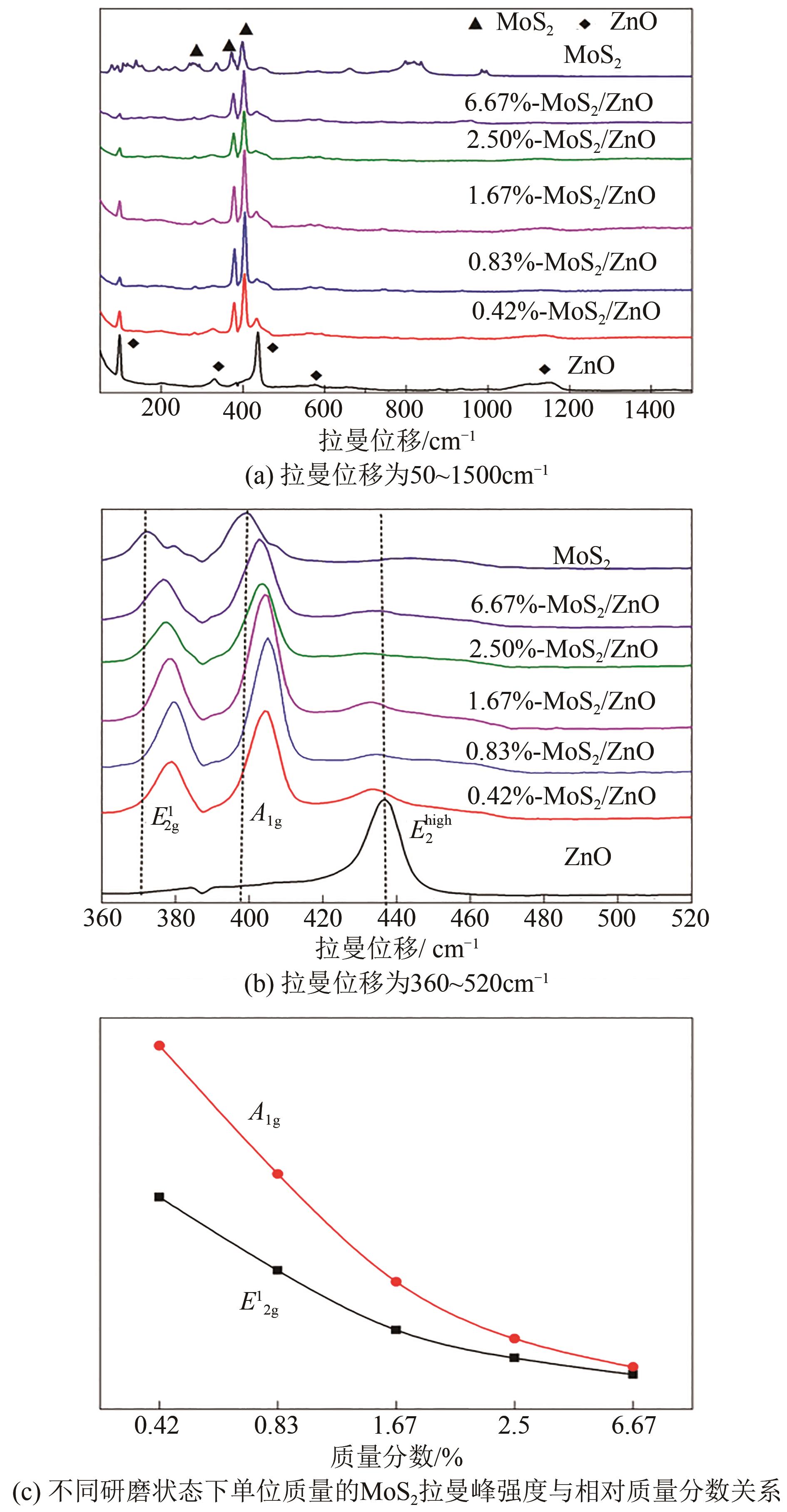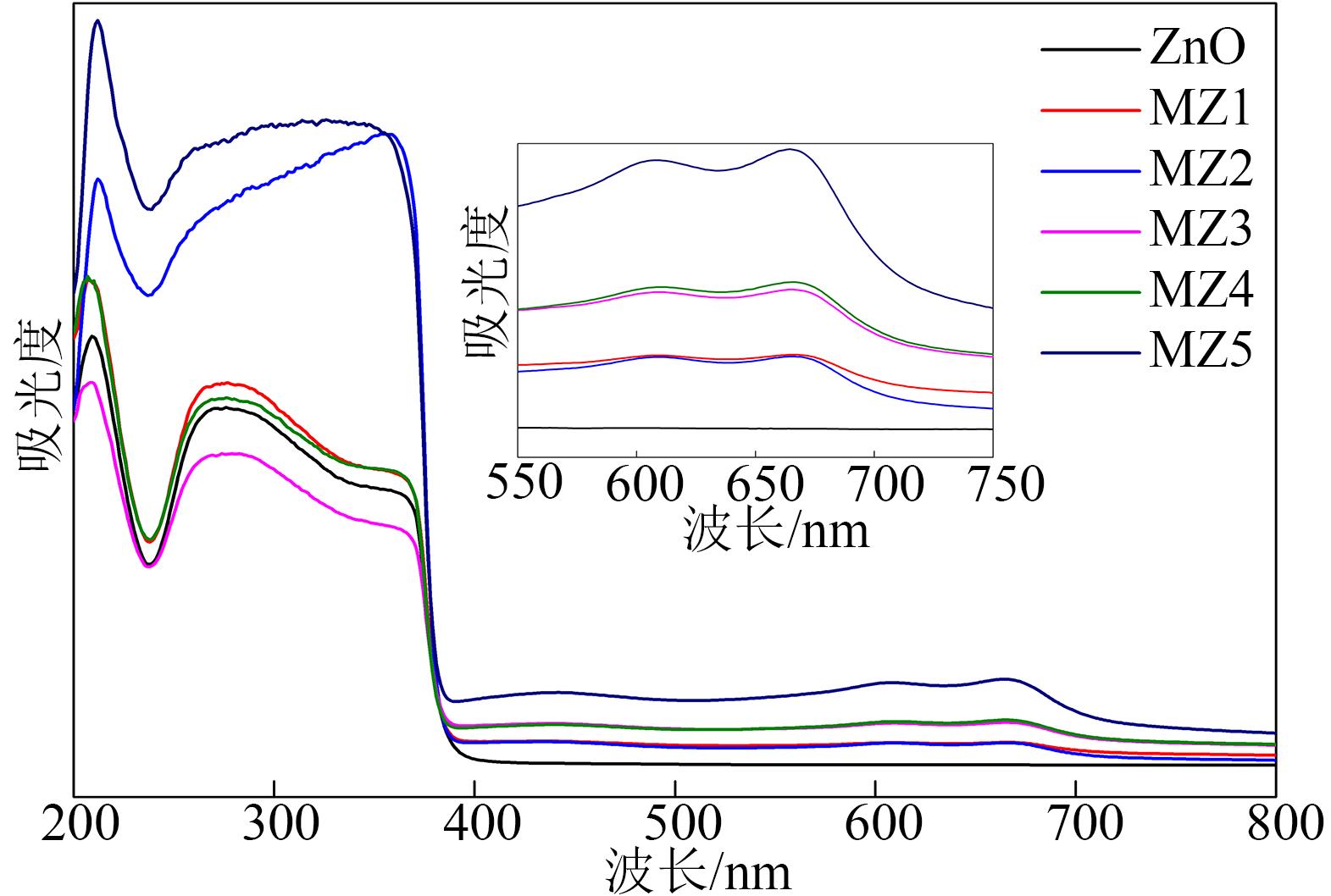| 1 |
LI C Y, MA Y Y, ZHENG S Z, et al. Acid etching followed by hydrothermal preparation of nanosized Bi2O4/Bi2O3 p-n junction as highly efficient visible-light photocatalyst for organic pollutants removal[J]. Journal of Colloid and Interface Science, 2020, 576: 291-301.
|
| 2 |
WANG Z Q, ZHANG L L, ZHANG X, et al. Enhanced photocatalytic destruction of pollutants by surface W vacancies in VW-Bi2WO6 under visible light[J]. Journal of Colloid and Interface Science, 2020, 576: 385-393.
|
| 3 |
HUANG W, YU Q M, WANG Y Y, et al. Preparation of magnetic Ni0.5Zn0.5Fe₂O₄/ZnO nanocomposites and their photocatalytic performances for methylene blue in aqueous solution[J]. Journal of Nanoscience and Nanotechnology, 2020, 20(12): 7506-7515.
|
| 4 |
RAHMAN Q I, ALI A, AHMAD N, et al. Synthesis and characterization of CuO rods for enhanced visible light driven dye degradation[J]. Journal of Nanoscience and Nanotechnology, 2020, 20(12): 7716-7723.
|
| 5 |
CHO Y S, LEE Y, PARK J K. Fabrication of silica microspheres containing TiO₂ or aluminum zinc oxide nanoparticles via self-assembly: application in water purification[J]. Journal of Nanoscience and Nanotechnology, 2020, 20(11): 6738-6746.
|
| 6 |
KWON D, KIM J. Copper-doped ZnO visible light photocatalyst for degradation of methylene blue[J]. Journal of Nanoscience and Nanotechnology, 2020, 20(9): 5604-5608.
|
| 7 |
KARTHIKEYAN V, GNANAMOORTHY G, VARUN PRASATH P, et al. Visible-light driven effective photocatalytic degradation of methylene blue dye using perforated curly Zn0.1Ni0.9O nanosheets[J]. Journal of Nanoscience and Nanotechnology, 2020, 20(9): 5759-5764.
|
| 8 |
ABDELAAL H M, SHAIKJEE A, ESMAT M. High performing photocatalytic ZnO hollow sub-micro-spheres fabricated by microwave induced self-assembly approach[J]. Ceramics International, 2020, 46(12): 19815-19821.
|
| 9 |
SHEN X Y, SHAO H M, LIU Y, et al. Synthesis and photocatalytic performance of ZnO with flower-like structure from zinc oxide ore[J]. Journal of Materials Science & Technology, 2020, 51: 1-7.
|
| 10 |
PHURUANGRAT A, PRAPASSORNWATTANA P, THONGTEM S, et al. Synthesis of heterostructure Au/ZnO nanocomposites by microwave-assisted deposition method and their photocatalytic activity in methylene blue degradation[J]. Russian Journal of Physical Chemistry A, 2020, 94(7): 1464-1470.
|
| 11 |
KWON D, KIM J. Silver-doped ZnO for photocatalytic degradation of methylene blue[J]. Korean Journal of Chemical Engineering, 2020, 37(7): 1226-1232.
|
| 12 |
THINH V D, LAM V D, BACH T N, et al. Enhanced optical and photocatalytic properties of Au/Ag nanoparticle-decorated ZnO films[J]. Journal of Electronic Materials, 2020, 49(4): 2625-2632.
|
| 13 |
BAI L, MEI J X. Low amount of Au nanoparticles deposited ZnO nanorods heterojunction photocatalysts for efficient degradation of p-nitrophenol[J]. Journal of Sol-Gel Science and Technology, 2020, 94(2): 468-476.
|
| 14 |
XIE Y S, ZHANG N, TANG Z R, et al. Tip-grafted Ag-ZnO nanorod arrays decorated with Au clusters for enhanced photocatalysis[J]. Catalysis Today, 2020, 340: 121-127.
|
| 15 |
MURCIA MESA J J, GARCÍA ARIAS J A, ROJAS SARMIENTO H A, et al. Photocatalytic degradation of phenol, catechol and hydroquinone over Au-ZnO nanomaterials[J]. Revista Facultad De Ingeniería Universidad De Antioquia, 2019, 94: 24-32.
|
| 16 |
WANG H Y, LI S Y, WAN Q, et al. Highly efficient solution exfoliation of few-layer molybdenum disulfide nanosheets for photocatalytic hydrogen evolution[J]. Journal of Colloid and Interface Science, 2020, 577: 38-47.
|
| 17 |
KUMAR V, SHUKLA R K, SHAKYA J. Effect of ultraviolet irradiation on photo-physical and surface electronic properties of MoS2[J]. Journal of Nanoscience and Nanotechnology, 2020, 20(10): 6500-6504.
|
| 18 |
XU Y M, YAN L H, SI J H, et al. Nonlinear absorption properties and carrier dynamics in MoS2/graphene van der Waals heterostructures[J]. Carbon, 2020, 165: 421-427.
|
| 19 |
WANG J S, SAKTHIVEL R, ANBAZHAGAN R, et al. Electroactive polypyrrole-molybdenum disulfide nanocomposite for ultrasensitive detection of berberine in rat plasma[J]. Analytica Chimica Acta, 2020, 1125: 210-219.
|
| 20 |
SILAMBARASAN K, ARCHANA J, HARISH S, et al. One-step fabrication of ultrathin layered 1T@2H phase MoS2 with high catalytic activity based counter electrode for photovoltaic devices[J]. Journal of Materials Science & Technology, 2020, 51: 94-101.
|
| 21 |
FAGLIA G, FERRONI M, DANG T T L, et al. Vertically coupling ZnO nanorods onto MoS2 flakes for optical gas sensing[J]. Chemosensors, 2020, 8(1): 19.
|
| 22 |
HSU H P, LIN D Y, LU G T, et al. Optical and electrical transport properties of ZnO/MoS2 heterojunction p-n structure[J]. Materials Chemistry and Physics, 2018, 220: 433-440.
|
| 23 |
KRISHNAN U, KAUR M, KAUR G, et al. MoS2/ZnO nanocomposites for efficient photocatalytic degradation of industrial pollutants[J]. Materials Research Bulletin, 2019, 111: 212-221.
|
| 24 |
SUN Z M, YAO G Y, ZHANG X, et al. Enhanced visible-light photocatalytic activity of kaolinite/g-C3N4 composite synthesized via mechanochemical treatment[J]. Applied Clay Science, 2016, 129: 7-14.
|
| 25 |
TADJARODI A, IZADI M, IMANI M. Synthesis and characterization of the special ZnO nanostructure by mechanochemical process[J]. Materials Letters, 2013, 92: 108-110.
|
| 26 |
GE L, HAN C C, XIAO X L, et al. Synthesis and characterization of composite visible light active photocatalysts MoS2-g-C3N4 with enhanced hydrogen evolution activity[J]. International Journal of Hydrogen Energy, 2013, 38(17): 6960-6969.
|
| 27 |
李酽, 张琳彬, 李娇, 等. 电场条件下氧化锌结晶特性及极化产物的拉曼光谱分析[J]. 物理学报, 2019, 68(7): 97-104.
|
|
LI Yan, ZHANG Linbin, LI Jiao, et al. Crystallization characteristics of zinc oxide under electric field and Raman spectrum analysis of polarized products[J]. Acta Physica Sinica, 2019, 68(7): 97-104.
|
| 28 |
KENAN Zhang, YUN Zhang, TIANNING Zhang, et al. Vertically coupled ZnO nanorods on MoS2 monolayers with enhanced Raman and photoluminescence emission[J]. Nano Research, 2015(3): 743-750.
|
| 29 |
DENG Y, CHEN M J, ZHANG J, et al. Thickness-dependent morphologies of Ag on n-layer MoS2 and its surface-enhanced Raman scattering[J]. Nano Research, 2016, 9(6): 1682-1688.
|
| 30 |
WU S, CHEN Z W, WANG T, et al. A facile approach for the fabrication of Au/ZnO-hollow-sphere-monolayer thin films and their photocatalytic properties[J]. Applied Surface Science, 2017, 412:69-76.
|
| 31 |
RAHIMI K, MORADI M, DEHGHAN R, et al. Enhancement of sunlight-induced photocatalytic activity of ZnO nanorods by few-layer MoS2 nanosheets[J]. Materials Letters, 2019, 234: 134-137.
|
| 32 |
KUMAR S, MAIVIZHIKANNAN V, DREWS J, et al. Fabrication of nanoheterostructures of boron doped ZnO-MoS2 with enhanced photostability and photocatalytic activity for environmental remediation applications[J]. Vacuum, 2019, 163: 88-98.
|
 ), SONG Shuang, LIAN Xiaoxue
), SONG Shuang, LIAN Xiaoxue






